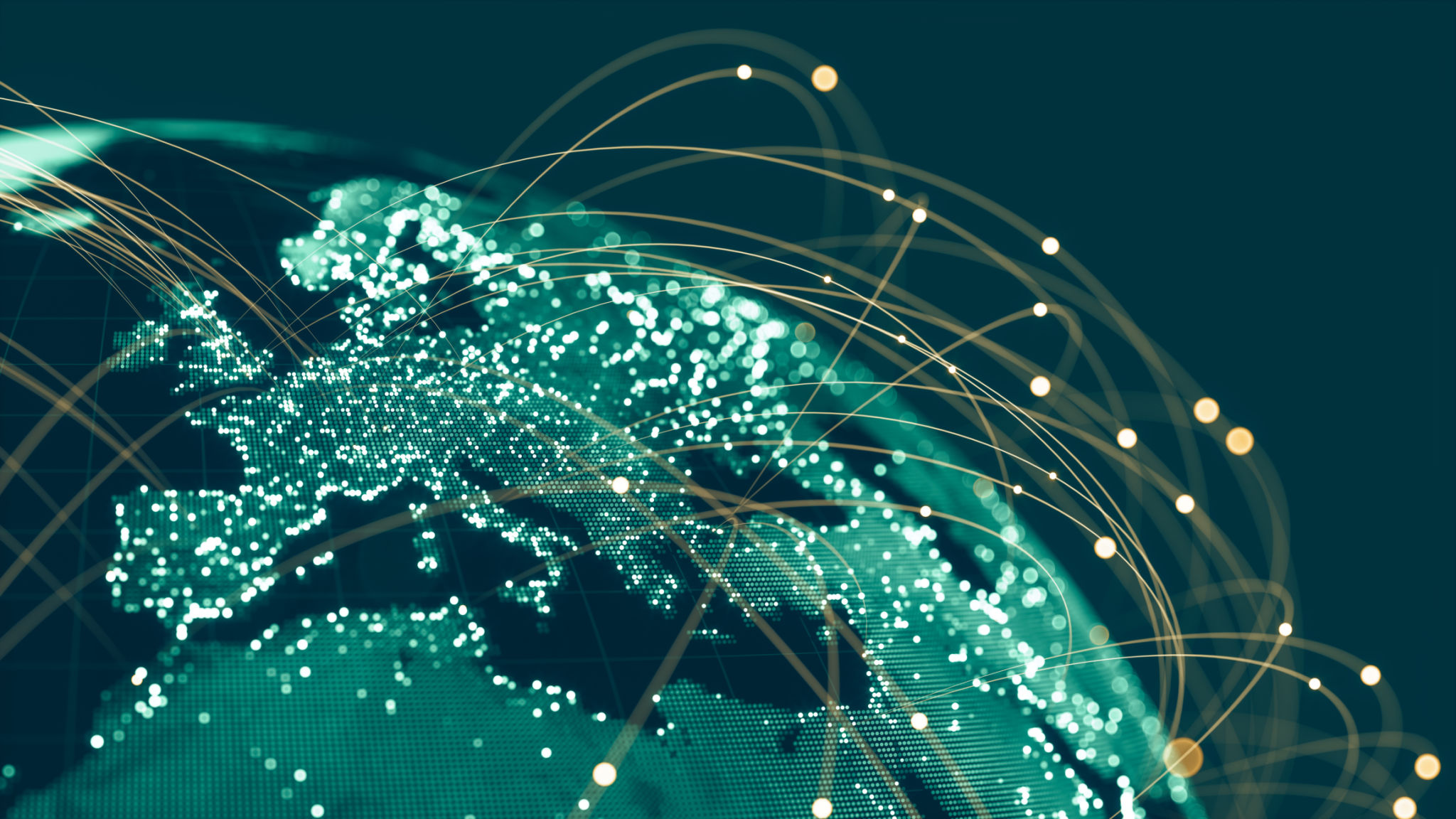The Role of Cybersecurity in Safeguarding Financial Institutions and Critical Infrastructure
EC
Introduction
Critical infrastructure—such as power grids, water systems, healthcare facilities, and especially financial institutions—forms the backbone of modern society. As these systems become increasingly digitized, they also become prime targets for cyberattacks. Cybersecurity is no longer just an IT concern but a national security imperative. This article explores the importance of cybersecurity in safeguarding critical infrastructure, with a particular focus on financial institutions, while also addressing the broader impact on other essential sectors.

The Growing Threat Landscape
Cyber threats targeting critical infrastructure have increased dramatically in recent years. Cybercriminals, state-sponsored hackers, and terrorist groups exploit vulnerabilities in these essential systems for financial gain, espionage, or disruption. Financial institutions, in particular, face a constant barrage of attacks that aim to steal sensitive banking data, disrupt payment networks, and manipulate financial transactions. While other sectors like energy grids and healthcare systems are also vulnerable, financial institutions remain a top target due to the direct financial incentives for attackers. Ransomware has emerged as a major threat, with banks and payment networks frequently targeted. Additionally, insider threats and supply chain attacks expose institutions and infrastructure operators to breaches that can have widespread consequences.
The Impact of Cyber Attacks on Financial Institutions and Critical Infrastructure
A successful cyberattack on financial institutions can have devastating consequences, leading to widespread financial instability, regulatory penalties, and loss of customer trust. The disruption of banking operations can affect businesses, individual consumers, and even national economies. Attacks on stock exchanges and payment systems can result in market manipulation and economic downturns. Similarly, attacks on power grids can result in large-scale blackouts, halting essential services and disrupting daily life. Cybercriminals gaining access to customer data can result in identity theft and large-scale fraud, while attacks on hospitals can delay critical medical procedures, putting lives at risk. The erosion of public trust in financial institutions, healthcare providers, and utility services can have long-lasting consequences, making cybersecurity a fundamental pillar of national stability.
Strategies for Protecting Financial Institutions and Critical Infrastructure
To mitigate the risks associated with cyber threats, financial institutions must implement industry-leading cybersecurity measures. Strengthening authentication protocols, such as multi-factor authentication and biometric security, is critical to preventing unauthorized access. The adoption of artificial intelligence and machine learning can help detect fraudulent transactions and unauthorized account activities in real time. Regulatory frameworks, such as those established by the National Institute of Standards and Technology (NIST) and the Cybersecurity and Infrastructure Security Agency (CISA), provide essential guidelines for financial institutions and other organizations to bolster their defenses.
Collaboration between governments, regulatory bodies, and private sector organizations is particularly crucial for financial institutions, as threats to the financial system can have global ripple effects. Sharing threat intelligence enables a more proactive response to evolving attack techniques. Additionally, regular security audits and penetration testing help financial institutions, energy providers, and healthcare facilities identify and address vulnerabilities before they can be exploited. Employee training and awareness programs further reduce the risk of phishing and social engineering attacks that target staff members in all sectors, with financial institutions being prime targets.

Conclusion
The protection of financial institutions and other critical infrastructure sectors is essential for economic stability and public confidence in essential services. As cyber threats continue to evolve, organizations and governments must prioritize cybersecurity through proactive defense strategies. Strengthening security measures today ensures a more resilient and secure infrastructure worldwide. If your company is concered about the potential cyber threats visit our "Contact Us" page. At TechHorizon consulting we can provide real-time network monitoring and protection through our vCISO service.
By fostering collaboration, investing in emerging security technologies, and maintaining strict security protocols, we can defend against cyber threats and safeguard financial institutions, healthcare systems, power grids, and other essential services from cybercriminals who seek to undermine stability.
